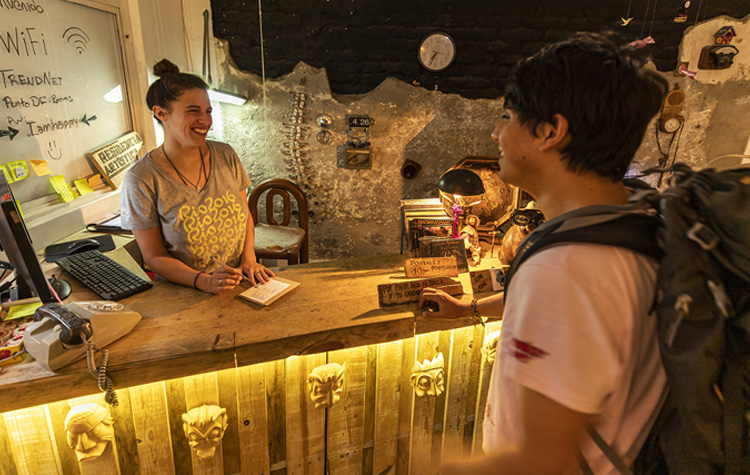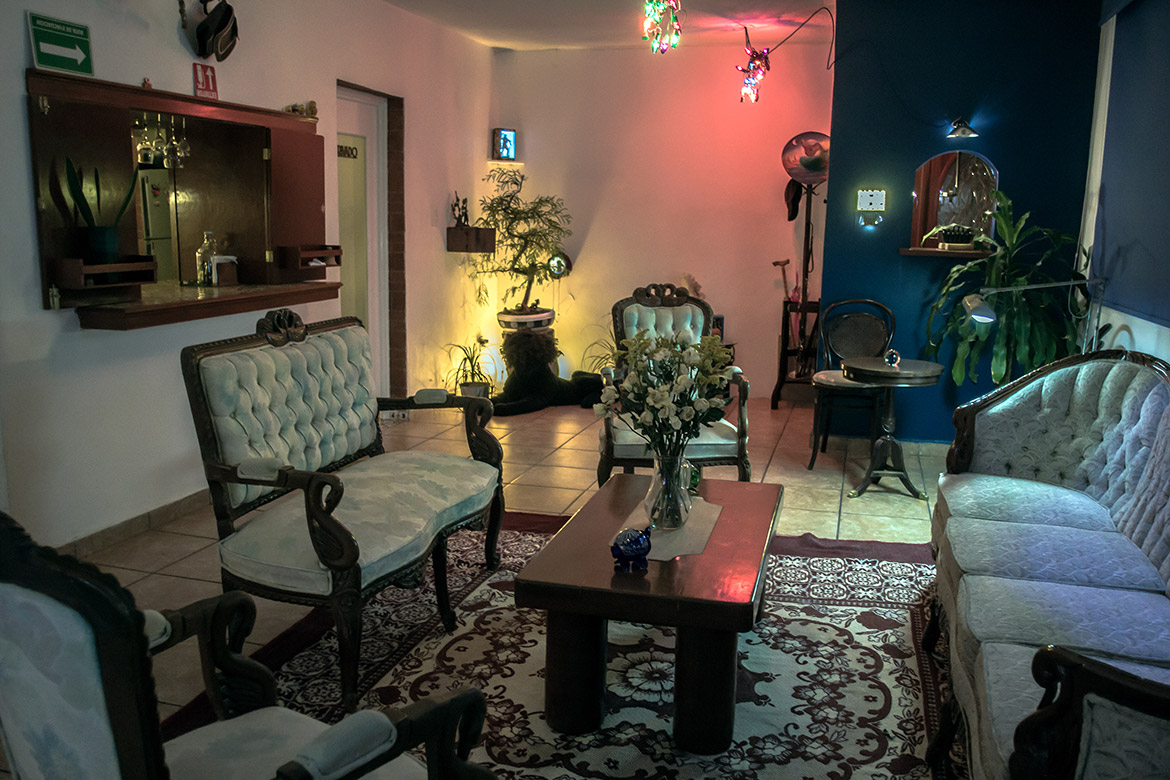Somos una residencia artística con servicio de alojamiento para viajeros de todas partes del mundo. Con el objetivo de ofrecer el mejor servicio para que tu estancia en la Ciudad de México sea lo más cómoda y agradable y al mismo tiempo realizamos, con las ganancias, proyectos artísticos enfocados a la mejora social del barrio en el que nos encontramos.
—
We are an artistic residence with accommodation service for travelers from all parts of the world. With the aim of offering the best service so that your stay in Mexico City is the most comfortable and enjoyable and at the same time we carry out, with the profits, artistic projects focused on the social improvement of the neighborhood in which we are located.













